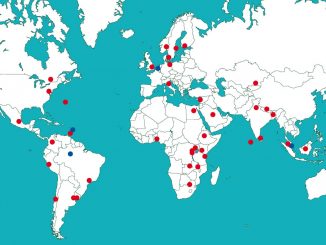A new study on the allocation of research funding in the United States concluded that highly deadly cancer types are under-supported. This may be at least partially due to the impact of emotional choices on fundraising, since cancer types that appear most penalised are those that can be associated with stigmatized behaviours, such as drinking and smoking.
According to the study published on the Journal of the National Comprehensive Cancer Network (https://doi.org/10.6004/jnccn.2018.7125), an remarkable discrepancy between the amount of research funding and disease burden is observed for liver, lung, bladder, and colon cancers. On the contrary, cancers with the best funding are leukaemia and breast cancer. It is possible to speculate that people are more willing to support cancer research on diseases affecting children or “innocent victims”, than on diseases hitting people that can be blamed for adopting unhealthy lifestyles, authors write.
Researchers of the Northwestern University of Chicago led by oncologist Suneel D. Kamath analysed funding allocated by the US National Cancer Institute (NCI) and non-profit organizations in the United States. The study included 119 NPOs with more than $5 million in the annual revenue. Half of the NPOs, accounting for 76,8% of total NPO funding, were general cancer charities. Cancers with the most dedicated NPOs were breast, paediatric, leukaemia, and lung. Total funding for each histology was calculated by adding the NCI funding and the annual revenue for all NPOs in that histology. Cancers with the most total funding were breast ($1 billion), leukaemia ($448 million), lung ($348 million), and prostate ($303 million).
In order to estimate the relationship between research funding available and how common or deadly each cancer is, researchers calculated the ratio of erogated funds vs the annual incidence, deaths, and person-years of life lost (PYLL). Cancers with most funding were leukaemia, ovarian, and breast when considering the incidence; breast, leukaemia, and melanoma when considering deaths; breast, leukaemia, and prostate when considering PYLL.
Liver, lung, bladder, and colon cancers were poorly funded in all 3 metrics.“While funding by cancer type was moderately proportional to incidence, it was poorly correlated with deaths and PYLL” authors conclude. “There is significant need to increase awareness and support for many under-supported, but common and highly lethal cancers”.





